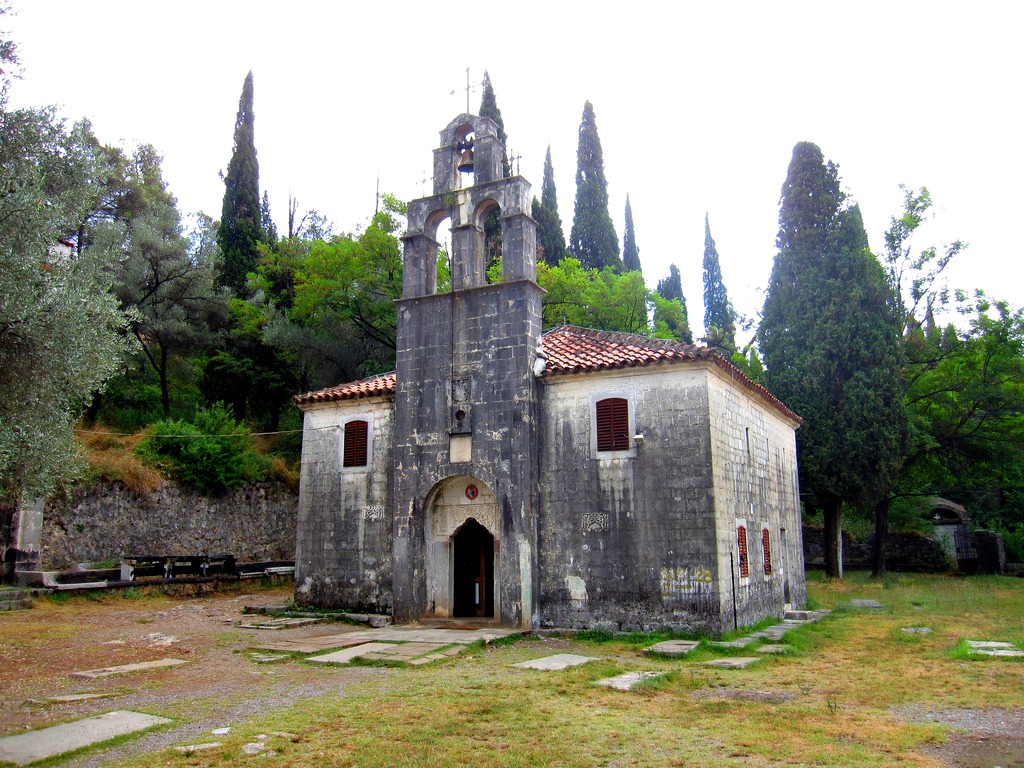


By Derek Thompson
Staff Writer
The Atlantic
The idea of American exceptionalism has become so dubious that much of its modern usage is merely sarcastic. But when it comes to religion, Americans really are exceptional. No rich country prays nearly as much as the U.S, and no country that prays as much as the U.S. is nearly as rich.
America’s unique synthesis of wealth and worship has puzzled international observers and foiled their grandest theories of a global secular takeover. In the late 19th century, an array of celebrity philosophers—the likes of Friedrich Nietzsche, Karl Marx, and Sigmund Freud—proclaimed the death of God, and predicted that atheism would follow scientific discovery and modernity in the West, sure as smoke follows fire.
Stubbornly pious Americans threw a wrench in the secularization thesis. Deep into the 20th century, more than nine in 10 Americans said they believed in God and belonged to an organized religion, with the great majority of them calling themselves Christian. That number held steady—through the sexual-revolution ’60s, through the rootless and anxious ’70s, and through the “greed is good” ’80s.
But in the early 1990s, the historical tether between American identity and faith snapped. Religious non-affiliation in the U.S. started to rise—and rise, and rise. By the early 2000s, the share of Americans who said they didn’t associate with any established religion (also known as “nones”) had doubled. By the 2010s, this grab bag of atheists, agnostics, and spiritual dabblers had tripled in size.
History does not often give the satisfaction of a sudden and lasting turning point. History tends to unfold in messy cycles—actions and reactions, revolutions and counterrevolutions—and even semipermanent changes are subtle and glacial. But the rise of religious non-affiliation in America looks like one of those rare historical moments that is neither slow, nor subtle, nor cyclical. You might call it exceptional.
The obvious question for anybody who spends at least two seconds looking at the graph above is: What the hell happened around 1990?
According to Christian Smith, a sociology and religion professor at the University of Notre Dame, America’s nonreligious lurch has mostly been the result of three historical events: the association of the Republican Party with the Christian right, the end of the Cold War, and 9/11.
This story begins with the rise of the religious right in the 1970s.
